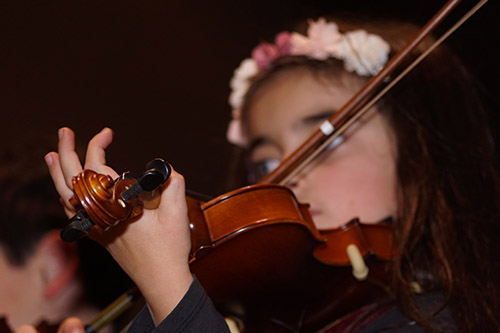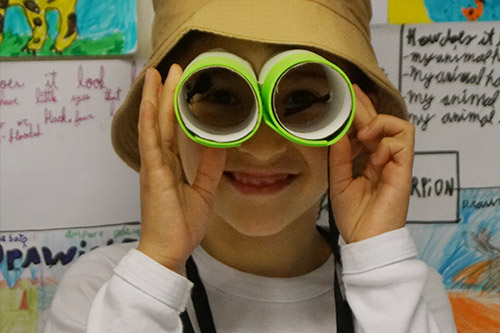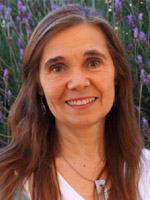

Lower School is comprised of 3rd to 5th grade. Students arrive to Lower School with the habits and skills learned in Infant School and continue building upon these.
As in the Infant School, the educational program integrates elements of the academic curriculum from the Chilean Ministry of Education with aspects of the Primary School Program (PYP), a program of the International Baccalaureate. The PYP, taught in English and Spanish, seeks to promote the integral development of students through intellectual, personal, emotional and social growth. It nurtures and challenges children, preparing them to be active participants in their learning and capable of contributing to create a better and more peaceful world, within the framework of mutual understanding and intercultural respect.
Curriculum planning includes the following disciplinary areas:
Lower School Principal

Isabel Martínez Aldazábal is the Principal of the Lower School. Born in Spain, she came to Chile in 1982. She studied Education in English with a Bachelor’s in Linguistics at the Pontificia Universidad Católica, the same place where she later completed the Teaching for Deep Learning diploma.
She entered Santiago College in 1987, where she was an English teacher for seven years. After a time away from the School, she returned in 2009 to assume the role of the Lower School Principal, a position she holds to this day.
The Lower School team is made up of teachers, psychologists, learning specialists, coaches, a curriculum coordinator and tutors.
The objective is to achieve more independent thinking, greater autonomy and more responsibility. Classes begin to be guided by a single homeroom teacher.

Lower School Contact: Carolina Patrickson, sec_lower@scollege.cl - (56) 22 7338858